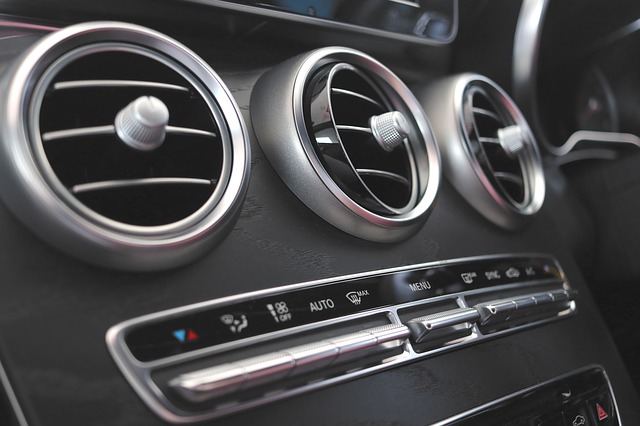Your forklift’s error could cause quite a hassle and annoyance. The buzzing and blaring can be highly upsetting, even if the forklift does not stop due to an error code. Forklift codes can be cleared in some ways, though. You can begin by removing the battery for the first 30 seconds or so. You can move on to maintenance if this is ineffective. This article can teach you everything you need on to clear fault codes on Toyota forklifts.
To clear fault codes on a Toyota forklift, the quickest and easiest method is to use an OBD (On-Board Diagnostics) scanner. Simply connect the scanner to the forklift’s diagnostic port, follow the on-screen prompts to read the fault codes, and then use the device’s options to clear them. This process may vary slightly depending on the specific model of the forklift and the scanner.
Overview of the Fault Codes for Toyota Forklifts

When a problem or malfunction occurs in the system, forklift fault codes show up. They indicate the necessity of upkeep and repairs.
Here are some of the most typical Toyota Forklift error codes along with their definitions:
EC-1: Stop charging abnormally or short-circuit the electromagnet’s open circuit. The error will still permit moving objects even when the driver gets out of the driver’s seat.
- F1-1 and F2-1 errors signify an OPS/SAS data reception fault.
- CPU error code F4-1-8. The display on the forklift will become unsteady as a result.
H1-2 and H1-3: These indicators point to a lever potentiometer issue. This will cause the elevator to stop.
The tilt feature will stop functioning.
01-01/01-02/01-03/01-04: a fuel feedback control error is indicated. The forklift may fail as a result of the unsteady engine speed.
01-05: unusually signals sensor 02 openings. The forklift can halt due to the unstable engine speed caused by this.
- Input temperature sensor errors on 02-01 and 02-02. When driving at low revs can lead to engine issues.
03-01 and 03-02: The engine manifold pressure sensor has failed in these cases. The result could be engine failure.
- The error codes 05-01, 05-02, 05-03, 05-04, and 05-05 signify a throttle position sensor issue. This can lead to the forklift’s engine power is limited, which would slow down material handling or travel.
- These are only a few of the problem codes for Toyota forklifts. You can find information on many additional problem codes in your forklift manual.
How to Examine the Error Codes on a Toyota Forklift
A problem arises when the ignition is on, a warning error code will show up on the instrument panel display.
Typically, there are three indications that a mistake has occurred:
- An orange-colored key light turns on.
- The key indicator flashes and brightens.
- The fault code is also displayed on the key light on some forklift models. Fault codes are flashing on the console.
Stop the forklift as soon as you notice any of these three displays. The meaning of the fault code and any necessary troubleshooting, repairs, or maintenance can then be determined by consulting your manual.
How to Clear Fault Codes on a Toyota Forklift?
Taking out the battery
One of the simplest methods for erasing error codes on a Toyota forklift is disconnecting the battery. It restarts the electronic control unit, removing the code display.
This is how you do it:
- Disconnect the battery terminals by opening the forklift’s circuit board, which is often under the seat.
- After a brief pause of around 30 seconds, reattach the clamps and shut the tray.
- Press the ignition key. The error code ought to vanish after restarting the ECU.
Carry out a maintenance reset
Service resets are the next method for erasing fault codes on a Toyota forklift. You may see an example of how below.
You must adjust the buttons on the ECU display on the dashboard to execute a reset. There are four buttons, which can be either hard buttons or touch screen buttons.
They are:
- Down arrow button, usually known as the “A” button.
- The “B” button is accessible using the left arrow key.
- The “C” key and the right arrow key.
- Press the “D” key to enter.
After pushing the B and D buttons above for around two seconds, you will hear two beeps.
To reset, hit the C button within ten seconds.
- Within ten seconds of pushing the C button, press it again. The administrator menu will show on the screen after a brief beep.
- Press both buttons B and D again within 10 seconds for two seconds (do not release until you hear two beeps).
Expert Opinion
Various major and minor problems may cause your Toyota vehicle’s engine codes. If the problem has been resolved, but the error number is still visible, you may have a sensor issue, in which case a technician will be needed to resolve the problem.
When clearing fault codes on a Toyota forklift, it’s crucial to address the underlying issues causing these codes. Simply resetting them without fixing the root problem can lead to more severe complications. Before resetting, diagnose and repair the specific problem, be it electrical, hydraulic, or mechanical. Use an OBD-II scanner to clear the codes by connecting it to the forklift’s diagnostic port. If the codes reappear, it indicates unresolved issues, necessitating consultation with a certified Toyota technician. Properly handling fault codes through timely maintenance and repair is vital for the longevity and efficiency of your forklift.
References







